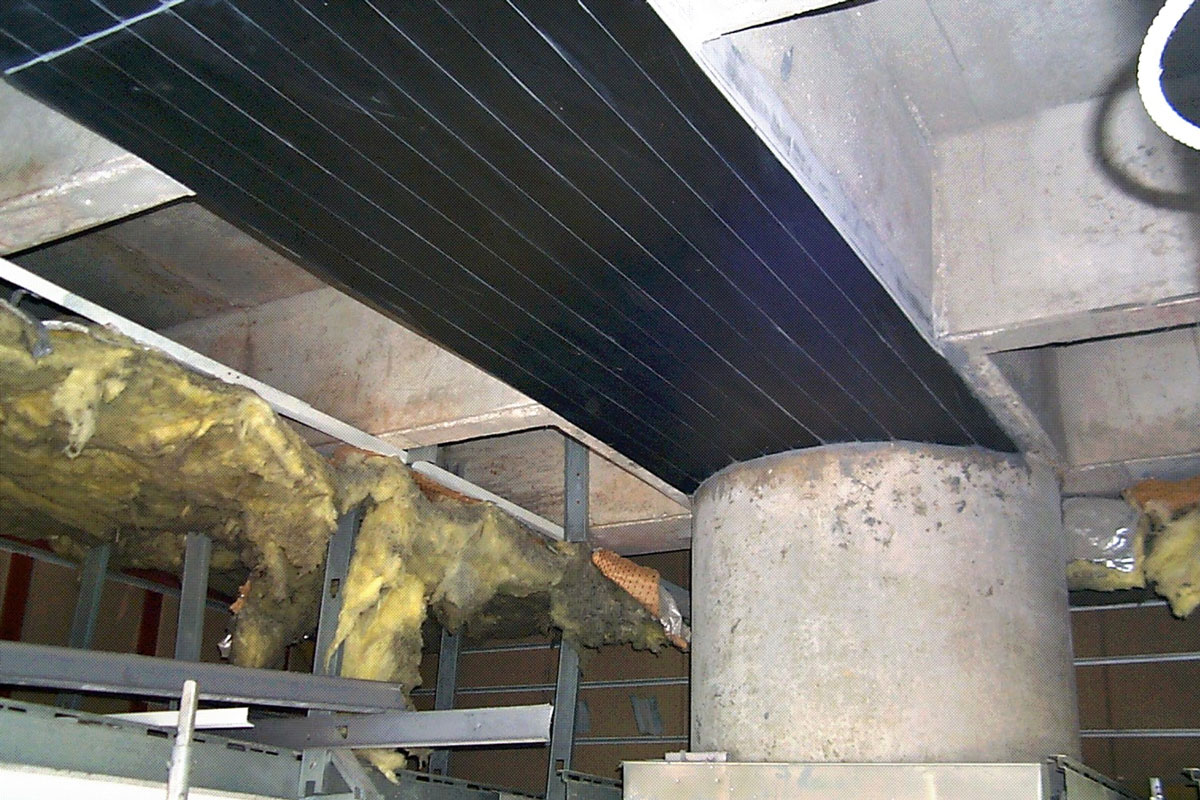Email: info@hdfiberglass.com Whatsapp: +86 15200033566
Views: 0 Author: Site Editor Publish Time: 2024-02-21 Origin: Site








As someone deeply immersed in the realm of advanced materials and manufacturing processes, I am thrilled to delve into the innovative applications of carbon fiber in contemporary architectural design. With its exceptional strength-to-weight ratio and versatility, carbon fiber has revolutionized various industries, and its integration into architecture promises groundbreaking advancements.
In recent years, architects and engineers have increasingly turned to carbon fiber cloth for its remarkable properties, seeking to push the boundaries of what's possible in architectural design. From structural elements to facade systems, the applications of carbon fiber in the built environment are expanding rapidly, offering unparalleled opportunities for creativity and sustainability.

Traditionally, steel and concrete have been the primary materials used in building structures. However, carbon fiber composites are challenging this status quo by offering superior strength and durability while being significantly lighter. This enables the creation of more streamlined and efficient structural systems, reducing material usage and construction time.
Carbon fiber is also revolutionizing façade design, providing architects with the ability to create intricate patterns and dynamic forms that were previously unattainable. Whether used as cladding panels or as part of tensioned membrane structures, carbon fiber offers endless possibilities for enhancing the aesthetic appeal and performance of building exteriors.
One exciting application of carbon fiber in architecture is the development of lightweight roofing systems. By utilizing carbon fiber composites, architects can create large-span structures that require minimal support columns, maximizing interior space and creating visually striking roof profiles.

In an era where sustainability is paramount, carbon fiber offers a compelling solution for creating environmentally friendly building components. With its low carbon footprint and recyclability, carbon fiber enables the construction of structures that are both durable and eco-friendly, contributing to the advancement of sustainable architecture.
In conclusion, the integration of carbon fiber into modern architectural design represents a paradigm shift in the construction industry. From reimagining structural systems to enhancing façade design, carbon fiber offers architects and engineers unprecedented opportunities to push the boundaries of innovation and sustainability. As the demand for high-performance building materials continues to rise, carbon fiber stands poised to play a central role in shaping the future of architecture.
As a savvy architect or developer, leveraging carbon fiber in your projects not only showcases your commitment to innovation but also ensures the creation of structures that are durable, efficient, and aesthetically captivating. Embracing the possibilities of carbon fiber opens doors to a world of endless architectural possibilities, setting your projects apart in a competitive market.
Is it better to choose emulsion or powder for glass fiber chopped strand mat?
Building Stronger Ships: Application Cases And Technical Advantages of Yuniu Chopped Glass Fiber Mat
Yuniu Fiberglass Chopped Strand Mat - Helping Your Project To Success
Corporate Visual Identity of Hebei HaiDing Fiberglass Manufacturing Co., Ltd.
What does the price increase of fiberglass products (chopped strand mat) mean?
Fiberglass Materials for Electrical Insulation and Electronics Applications